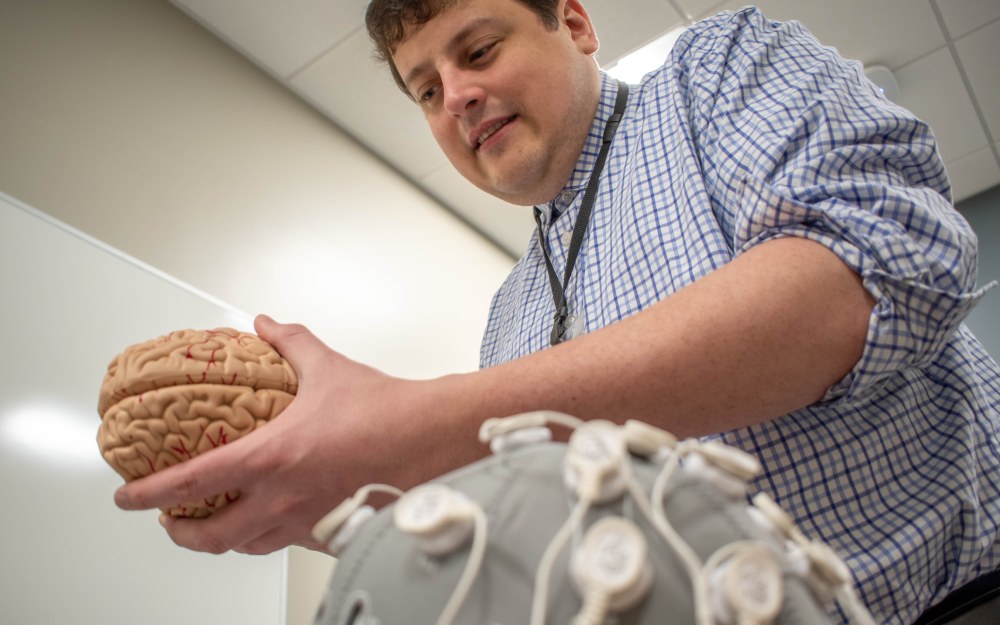
Rogers, payors share data to better understand the patient journey, reduce readmission rates
05/21/21 11:55:amRogers Behavioral Health is gaining more insight into the patient journey through a new data sharing initiative with payors.
While Rogers tracks inpatient readmission rates back to our own hospitals, we had no way of knowing if patients readmit elsewhere within 30 days.
“We collect large amounts of data on our patients throughout their episode of care that payors don’t have, and they have data that we don’t have,” says Brad Riemann, PhD, chief clinical officer.
To better understand the influence of patients following the appropriate clinical pathway on readmission rates within 30 days, Rogers recently entered into data sharing agreements with two payors.
“These data sharing agreements are incredibly important partnerships, and are very unique in our field,” Riemann says. “We can combine what we know collectively to improve patient outcomes, and that’s a powerful thing.”
The preliminary results, which are from 2018 to June 2020, show that readmission rates overall continue to go down with the use of our inpatient protocol and patient-reported outcome measures in addition to our emphasis on dose and continuation of the clinical pathway.
For example, according to one payor, of those patients who readmitted to treatment within 30 days at Rogers or elsewhere, 92% did not follow the clinical pathway from inpatient care to any lower level of care.

In fact, analyses show that completing the entirety of the clinical pathway is crucial in helping reduce the likelihood of patients returning to our system, according to Jessica Cook, MS, director of Clinical Effectiveness.
“Inpatient to partial is important, but continuing inpatient to partial and then down to IOP really seems to be helping patients not only make large improvements but also learn to sustain those gains for the long term,” Cook says.
Rogers’ system goal is for at least 50% of patients to follow the clinical pathway from inpatient care to residential, PHP, or IOP. The same idea applies to the transition from residential to PHP and from PHP to IOP.
In addition to Rogers employees doing their part to help patients understand the importance of their continued treatment, the data sharing agreements will continue to offer more insight into how Rogers can work with payors to reduce the risk of readmission.
“By combining the data set, not only can we understand factors that lead to readmission but factors that can be modified during a patient’s stay,” Dr. Kay says.
For instance, Rogers is better able to predict those who are at a higher risk for readmission and use the findings from the data analysis to target interventions in real time, according to Shannon Boling, LPCC, LMFT, director of Utilization Review.
Successful discharge and aftercare planning are other strong indicators in reducing the likelihood of readmission, she says, which is why it is important to collaborate with the payor’s care managers to identify potential barriers post-discharge.
“Our relationships with payors are important as they allow us to continue to be able to offer our evidence-based and effective treatment to more people,” says Jerry Halverson, MD, DFAPA, chief medical officer. “The payor data gives us an important piece of information that allows us to further improve the care that we provide and offers us important insights on referent relationships and effectiveness of our discharge process.”
As for next steps, Rogers expects to receive more findings in the coming months and is pursuing data sharing partnerships with additional payors.
Meanwhile, the Clinical Effectiveness and Utilization Review teams, along with the payors, are using the preliminary findings to begin operationalizing and improving the way we all collaborate.
“It really is rewarding to have the privilege to help support our patient care and Utilization Review teams in helping patients receive the lifesaving care that Rogers provides,” Jessica says.





